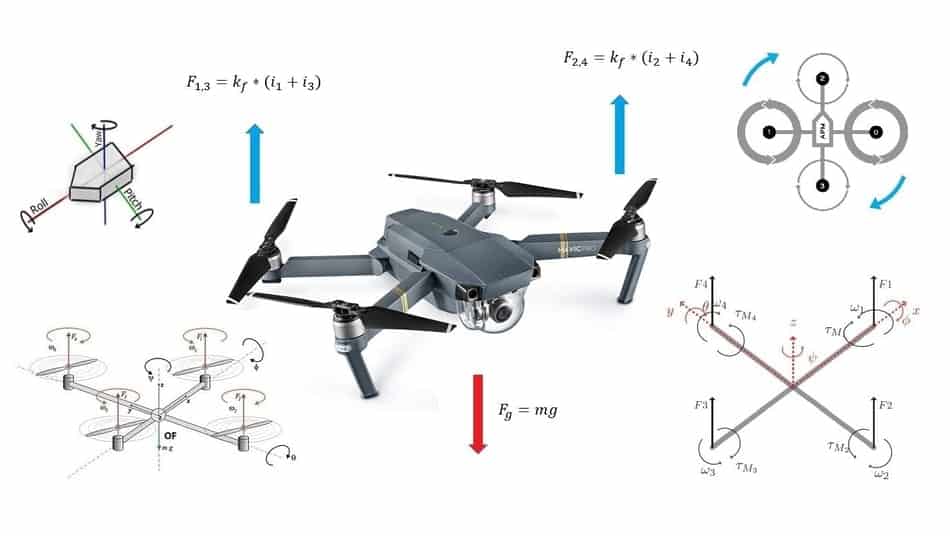The Science Behind Drone Aerodynamics
Drones, also known as unmanned aerial vehicles (UAVs), have revolutionized industries ranging from photography and agriculture to military and logistics. Their ability to fly efficiently depends on aerodynamics, a crucial aspect that determines their stability, speed, and maneuverability. Understanding the science behind drone aerodynamics can help in optimizing their design for better performance.
Aerodynamics is the study of how air interacts with solid objects, such as drone bodies and propellers. The fundamental forces acting on a drone include lift, weight, thrust, and drag. The balance between these forces dictates how effectively a drone can fly. Lift counteracts gravity, allowing the drone to rise into the air. It is generated by the propellers, which push air downward, creating an equal and opposite reaction that lifts the drone. Weight is the gravitational pull acting on the drone, influenced by its structure and payload. Thrust is the forward force produced by propellers or rotors, enabling the drone to move in different directions. Drag is the resistance encountered as air pushes against the drone, slowing it down. The key to efficient drone flight is minimizing drag while maximizing lift and thrust.
Several design aspects significantly impact a drone’s aerodynamic efficiency. Propellers are one of the most important components influencing drone aerodynamics. Their shape, size, pitch, and rotational speed determine how effectively they generate thrust and lift. Larger propellers with higher pitch angles produce more lift but require more power. Conversely, smaller propellers offer greater maneuverability and efficiency at lower speeds. The frame of the drone affects air resistance and stability. Aerodynamically optimized frames reduce drag and improve fuel or battery efficiency. Lightweight materials like carbon fiber or composite plastics are used to balance strength and weight, ensuring enhanced flight endurance.
Drones come in various configurations, including quadcopters, hexacopters, and fixed-wing drones. Each design has unique aerodynamic properties. Quadcopters are the most common for consumer and commercial applications, offering balanced lift and maneuverability. Hexacopters and octocopters provide additional stability and redundancy in case of motor failure but increase weight and energy consumption. Fixed-wing drones operate like airplanes, gliding efficiently over long distances with minimal energy usage, making them ideal for surveying and delivery applications. Reducing aerodynamic drag is essential for efficient drone performance. This can be achieved through a smooth, streamlined body design to reduce air resistance, enclosed propeller guards to improve safety and aerodynamics, and optimized component placement to prevent airflow obstruction and balance the center of gravity.
The aerodynamic efficiency of a drone directly influences its flight characteristics, including battery life, endurance, speed, agility, wind resistance, and stability. Reduced drag and optimized thrust enhance flight duration. Aerodynamic improvements allow drones to fly faster and respond quickly to controls. Better aerodynamics helps drones remain stable in adverse weather conditions, improving operational reliability.
The science of drone aerodynamics plays a vital role in shaping their efficiency, stability, and overall performance. Optimizing design elements such as propeller efficiency, frame aerodynamics, and weight distribution can significantly improve flight capabilities. As drone technology continues to evolve, advancements in aerodynamic engineering will lead to even more efficient and versatile UAVs.
.png)






Leave a Comment
Your email address will not be published. Required fields are marked *